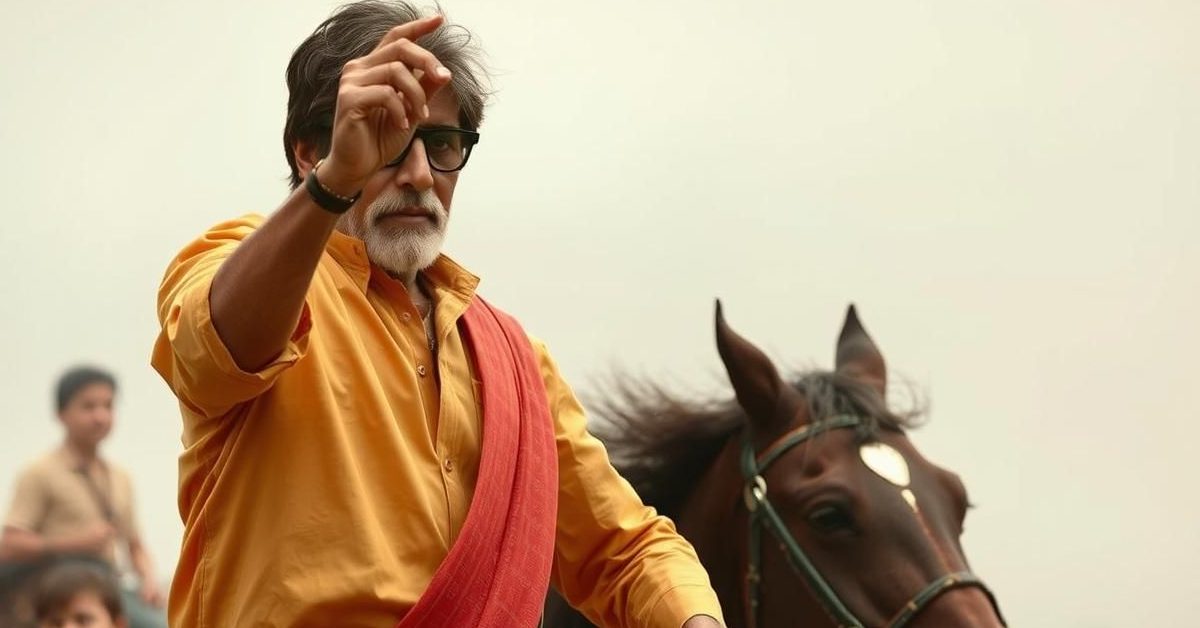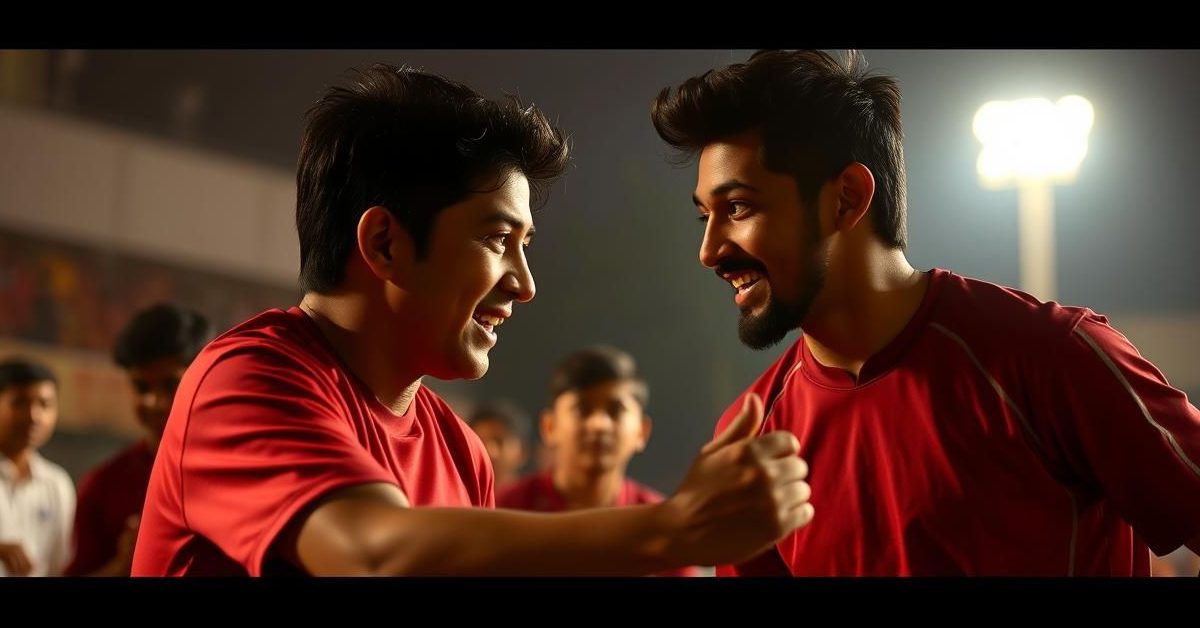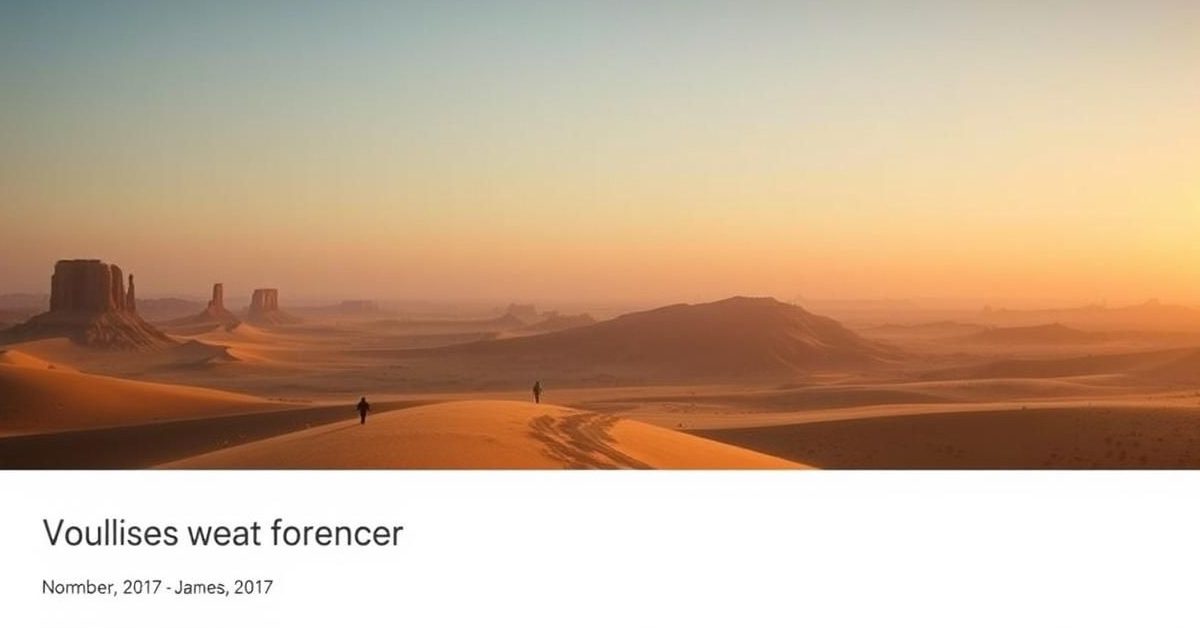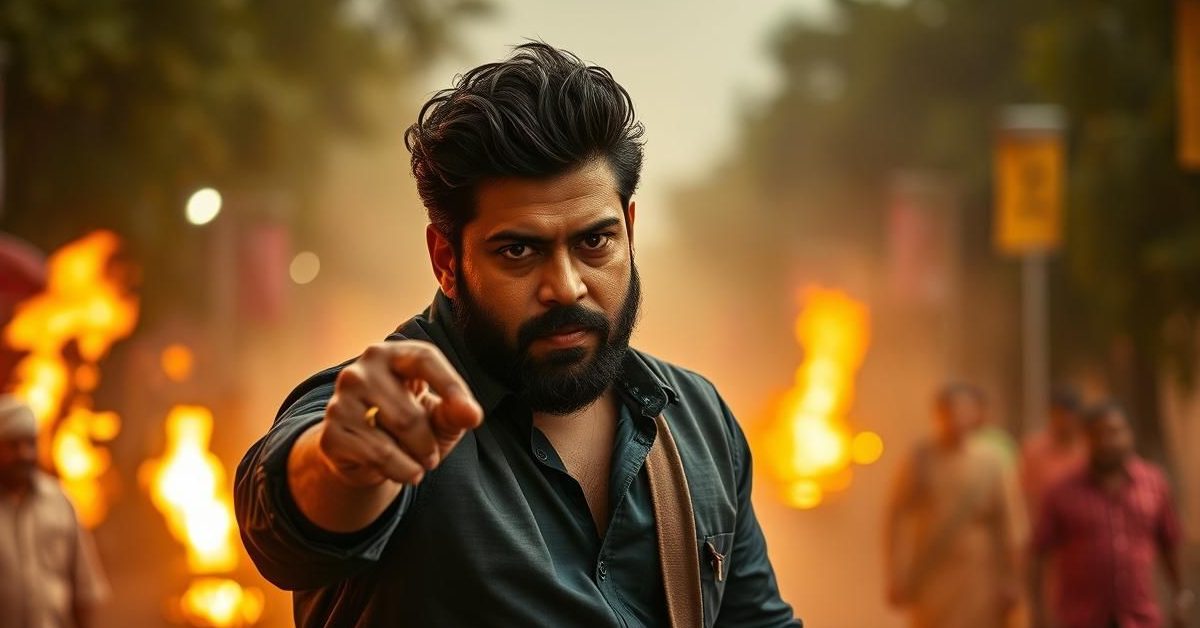Tragedy Strikes Marathi Cinema: The Heartbreaking Loss of Tushar Ghadigaonkar
The vibrant world of Marathi entertainment was plunged into profound sorrow with the devastating news of actor Tushar Ghadigaonkar’s alleged suicide. On a somber Friday night, the 34-year-old artist, known for his earnest performances across various mediums, was reportedly found to have taken his own life in his rented apartment in Mumbai’s bustling Goregaon West area. The initial police reports, emerging from the Ram Mandir vicinity, point to a battle with depression, exacerbated by the relentless and often unforgiving struggle to secure consistent work in the industry.
A Promising Talent Silenced: Tushar Ghadigaonkar’s Journey
Tushar Ghadigaonkar was more than just a name; he was a dedicated performer who had poured his heart and soul into the craft. His artistic journey saw him grace the screens in television serials, captivate audiences on the live stage with theatrical plays, and contribute to the rich tapestry of Marathi cinema. While specific roles might not have brought him widespread household fame, his commitment to his art was undeniable. Like countless aspirants who flock to Mumbai, the entertainment capital, Tushar harbored dreams of carving a lasting niche, tirelessly pursuing opportunities in a field renowned for its fierce competition and unpredictable nature.
The Silent Battle: Depression and the Unyielding Grind for Work
The police investigation, as disclosed by officials on Saturday, indicates that Tushar’s alleged act stemmed from a deep sense of despair linked to a lack of professional engagements. This revelation casts a stark light on the often-hidden struggles faced by artists. Beyond the glitz and glamour, many creative professionals endure prolonged periods of unemployment, financial instability, and the gnawing anxiety of an uncertain future. For someone deeply invested in their passion, the absence of work can feel like a profound personal failure, eroding self-worth and leading to debilitating mental health challenges like depression. The pressure to constantly perform, both on screen and in life, can become an unbearable weight.
The Unseen Pressures of the Entertainment Industry
The entertainment industry, particularly in a powerhouse like Mumbai, operates on a unique and often brutal dynamic. For every success story, there are thousands of talented individuals grappling with rejection, fleeting opportunities, and the constant need to prove their worth. The cycle of auditions, hopeful waiting, and inevitable disappointments can be emotionally draining. Financial precarity is a constant companion for many, leading to immense stress that can quickly spiral into more serious mental health crises. The competitive landscape spares few, and even those with a strong portfolio can find themselves on the fringes, longing for a chance to showcase their abilities.
Breaking the Silence: Mental Health in the Creative Community
Tushar Ghadigaonkar’s tragic demise serves as a poignant reminder of the critical need to address mental health within the creative community. There’s an ingrained stigma around discussing struggles like depression and anxiety, often perceived as weaknesses in an industry that demands resilience. Actors, like Tushar, often internalize these pressures, suffering in silence rather than seeking help. It’s imperative for the industry’s stakeholders—producers, directors, associations, and peers—to foster an environment where open conversations about mental well-being are encouraged, and accessible support systems are readily available.
A Call for Compassion and Support
The loss of Tushar Ghadigaonkar is not merely a statistic; it’s a profound human tragedy that echoes through the corridors of Mumbai’s film and television studios. It compels us to reflect on the unseen battles fought by those who entertain us and to cultivate a greater sense of empathy. Resources for mental health support exist, and the onus is on all of us to ensure that individuals like Tushar, who might be struggling, know where to turn. This heartbreaking incident should ignite an urgent, widespread conversation about creating a more nurturing and supportive ecosystem for artists, safeguarding their well-being alongside their professional aspirations. The hope is that through such dialogue, no other talent succumbs to the silent suffering that claimed a promising life too soon.








